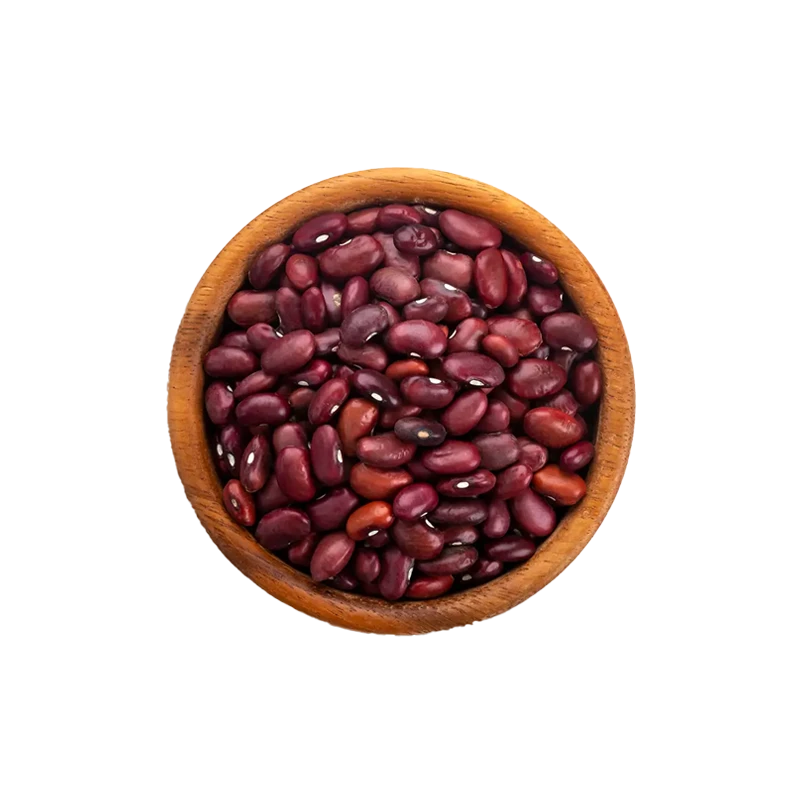Lentils — Nutrients, Health Benefits, and Shopping Tips

Written by Listonic Team
Last update on September 4, 2024
Nutrition facts
Nutrition facts
Amount per 100 g
Calories
🔥 353 kcal
| Nutrients per: 100 g | Value | % Daily Value* |
|---|---|---|
| Carbs | 60 g | 21.82% |
| Fiber | 31 g | 110.71% |
| Sugars | 2 g | 4% |
| Glycemic Index | 30 | - |
| Protein | 26 g | 52% |
| Sodium | 6 mg | 0.26% |
| Total Fat | 1 | 1.28% |
*The % of Daily Value (DV) tells you how much a nutrient in a serving of food contributes to a daily diet. 2,000 calories a day is used for general nutrition advice.
26 g
💪 High Protein Content
31 g
✅ High Fiber Content
Did you know?
Health benefits
- High in protein, essential for muscle growth, repair, and overall body function.
- Rich in fiber, promoting digestive health, regular bowel movements, and a healthy gut microbiome.
- Contains essential vitamins and minerals such as iron, folate, and magnesium, which support overall health and well-being.
- Supports heart health by helping to lower cholesterol levels and blood pressure.
- Provides sustained energy from complex carbohydrates, making them a good source of fuel for the body and brain.
Health risks
- Potential for digestive discomfort such as gas or bloating when consumed in large quantities due to the high fiber and oligosaccharides content in lentils.
- Potential for anti-nutrient content such as phytic acid, which can inhibit the absorption of certain minerals like iron and zinc, though this is generally only a concern with very high consumption.
- Risk of contamination with pesticides or harmful bacteria if not properly sourced or cooked to a safe internal temperature.
- Potential for allergic reactions in some individuals, though rare, causing symptoms like itching, swelling, or difficulty breathing.
How to choose lentils
Lentils should appear whole and uniform in size, with a smooth, matte finish that is free from any visible moisture or damage. The color should be consistent, typical of the lentil variety, whether green, red, or brown, which helps in assessing their quality and suitability for various recipes.
Avoid lentils that are dusty or have clumped together, as these might have been exposed to moisture and could have uneven cooking times. High-quality lentils should cook evenly and offer a pleasant, nutty flavor, making them a nutritious addition to salads, stews, and side dishes.

How to store lentils
Store dry lentils in an airtight container in a cool, dark place. Keep them away from moisture to ensure they stay dry and free from mold. Properly stored, dry lentils can last up to a year or more.
Avoid storing lentils in humid environments, as this can cause them to absorb moisture and spoil. Do not store lentils in direct sunlight as this can degrade their quality. For best results, keep lentils in a pantry or cupboard away from strong-smelling foods.
✅ Extra Tip
How long do they last?
Lentils can last for 1-2 years when stored in an airtight container in a cool, dark place. Cooked lentils should be refrigerated and consumed within 5-7 days.
What to do with leftovers?
Leftover lentils can be used in a variety of savory and nutritious dishes. Add them to salads with fresh vegetables, nuts, and a tangy vinaigrette, or mix them into a grain bowl with quinoa, rice, and your choice of protein. Lentils are also great when added to soups, stews, or curries, where they add texture and heartiness.
Use lentils as a filling for wraps or sandwiches, paired with fresh greens, cheese, and a flavorful sauce. If you have a lot of lentils, consider making a batch of lentil patties by mixing them with breadcrumbs, eggs, and seasonings, then frying until golden. Lentils can also be used as a base for a vegetarian chili or added to pasta sauces for extra protein and flavor. For a quick snack, try mixing cooked lentils with olive oil, lemon juice, and herbs for a simple lentil salad.
👨⚕️️ Medical disclaimer
How lentils support specific health conditions
Lentils are a plant-based protein that promotes muscle health and helps with tissue repair. They are rich in fiber, supporting digestive health by aiding regular bowel movements. Lentils are also high in iron, supporting blood health by preventing anemia, and they contain antioxidants that reduce inflammation, promoting heart health. Their nutrient density makes them a great addition to a balanced diet, supporting both brain function and weight management.
Discover products from other categories
Listonic Team
Fact-checked
Our editorial team checked this article to make sure it was accurate at the time of publishing it.
Get the top-rated shopping list app







